- The 2020 Prius is available now for a fairly reasonable MSRP.
- All-wheel drive models feature a nickel-metal hydride battery.
- Apple CarPlay and Amazon Alexa included on all trim levels.
In so many ways, the Toyota Prius is the hybrid. It put the hybrid concept on the market and remains a genuine hit for Toyota. For 2020, the Prius seems to have more of everything. It still gets fantastic mileage; has an all-wheel drive variant; a bunch of safety tech; a fancy touchscreen interface; and infotainment connectivity up the wazoo. What follows is an in-depth look at the 2020 Toyota Prius.
2020 Toyota Prius: Love It or Hate It?
Look, I get it. A lot of gearheads hate this car. They lump Prius drivers into one big terrible category. The styling is questionable (at best). The performance is, well, leisurely. But that also overlooks the stone cold fact the Toyota’s Prius is a technological marvel. The hybrid layout plays to the strengths of both on-board drive systems. The ICE engine handles the long-running, highway stretches where revs are constant for hours (the spot on the map where EVs are terrible). By contrast, the electric drivetrain handles the around town, constant revving up and down where it is strongest.
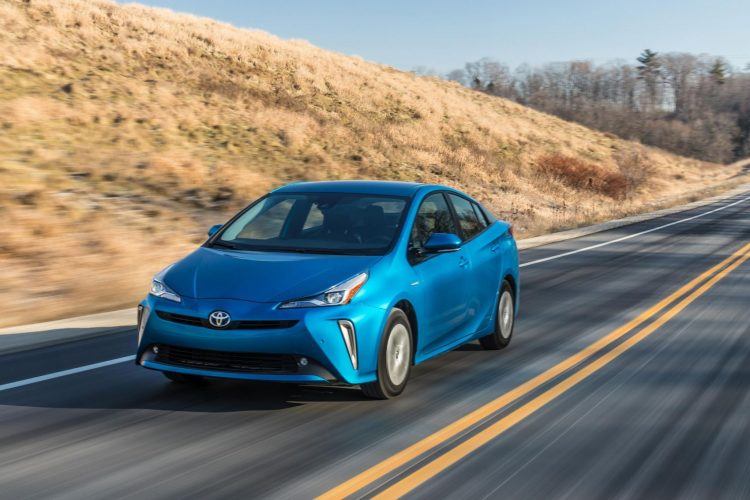
What Is The Mileage of The 2020 Prius?
Add all of that together, along with a co-efficient of drag that rivals most sports cars (0.24), and the 2020 Prius will get you 58/53 city/highway and a very impressive 56 combined mpg. There’s also an AWD-e model, which gives you more control when weather and road conditions are less than ideal. The AWD-e sill gets impressive fuel economy too (52/48 city/highway and 50 combined mpg).
The all-wheel drive setup is not just an ICE with an electric drive tacked on, however. It is an automatic, on-demand system that does away with a center diff. See, you don’t need one of those when the rears are powered by an independent electric and magnet-less motor. This works from a stop up to 6 mph or, if the situation calls for it, all the way up to 43 mph. Once you’re up and moving, the on-demand system runs in front-wheel drive as much as possible to maximize fuel economy.
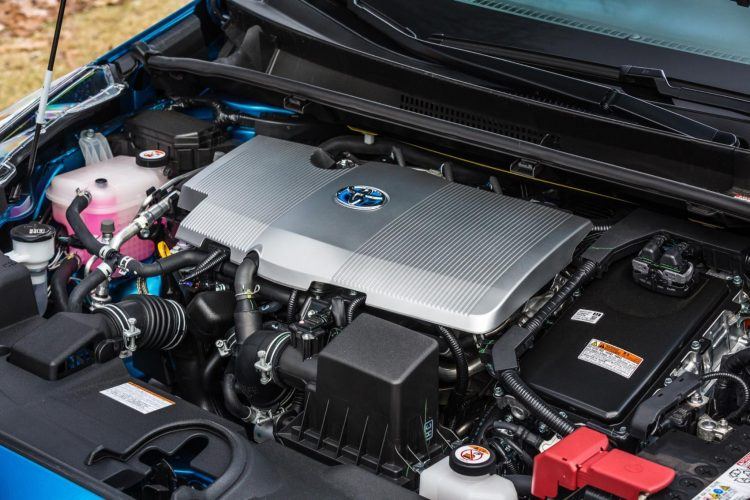
Engine & Powertrain
The centerpiece of the 2020 Prius is the 1.8-liter, four-cylinder gasoline engine and two motor-generators mated to an electronically-controlled, planetary-type CVT. Slowing down is handled by Toyota’s Electronically Controlled Brake System that coordinates between regenerative braking and the vehicle’s hydraulic brakes. This both brings you to a stop and juices up the batteries a little.
Front-wheel drive models use a lithium-ion battery, while the AWD-e versions go with a nickel-metal hydride battery. Toyota went this way since nickel-metal hydride batteries are inherently resilient to extreme temperature change. In other words, Toyota is anticipating the all-wheel drive buyers who live in cold weather. Speaking of cold weather, the XLE (both FWD and AWD-e) is standard with heated front seats. Way to think about your customers in Minnesota!
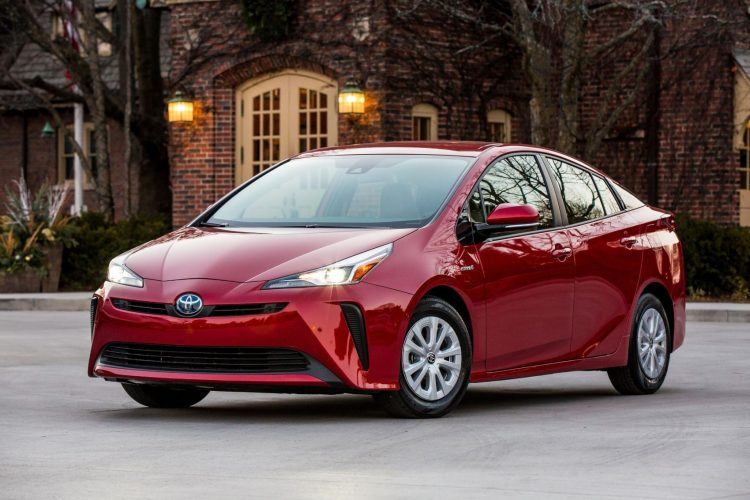
New Architecture & Chassis
All of these drivetrain goodies are bolted onto Toyota’s New Global Architecture. The platform, with its lower center of gravity, integrates a high-strength body and multi-link rear suspension. A variety of materials are used throughout, from hot-stamped and high tensile steels to aluminum components like the hood, rear doorframes, and brake calipers. The aluminum helps keep weight low so the 2020 Toyota Prius is as efficient as possible.
- Related: On the road with the 2019 Toyota Prius.
Styling & Design
Toyota still thinks the Prius looks good, and it is hard to argue about subjective things like this; but, to my eyes, it still seems like it’s styled differently for difference’s sake. Or if nothing else, for functionality’s sake. It has a bunch of trick features like automatic grille shutters and an electric compressor for a nearly silent and uniquely-intelligent air conditioning system. The “Smart-flow mode” directs airflow only to seated occupants to conserve energy.
Bi-LED headlamps and LED rear combination lamps are now standard; and that full-width glass panel beneath the spoiler aids rearward visibility while that huge bar midway up the decklid blocks a lot of your view. But who cares about that, since a backup camera comes standard.
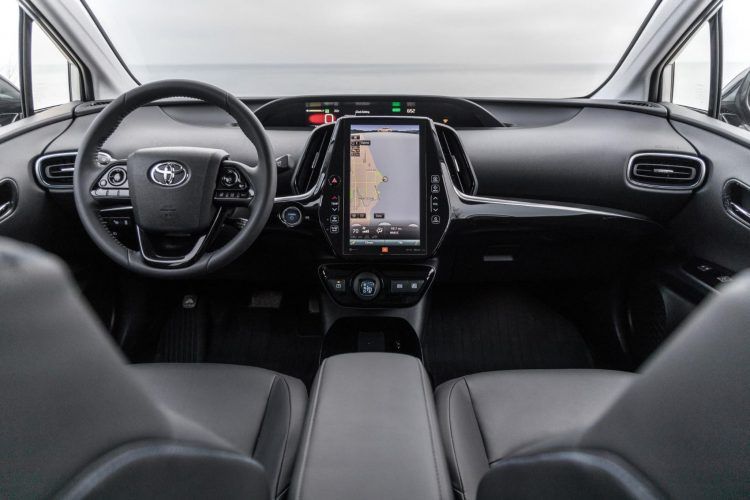
2020 Toyota Prius: Safety & Security
And, of course, there are safety systems aplenty in the 2020 Toyota Prius. There’s standard Toyota Safety Sense P that uses millimeter-wave radar and a camera sensor to detect pedestrians; vehicles and lane markers; and headlights in the surrounding area. Other safety gee-gaws include a Pre-Collision System with Pedestrian Detection; Lane Departure Alert with Steering Assist; Automatic High Beams; and Full-Speed Range Dynamic Radar Cruise Control.
There’s also a Vehicle Proximity Notification System to help alert pedestrians and cyclists when the 2020 Prius is running solely on battery power.
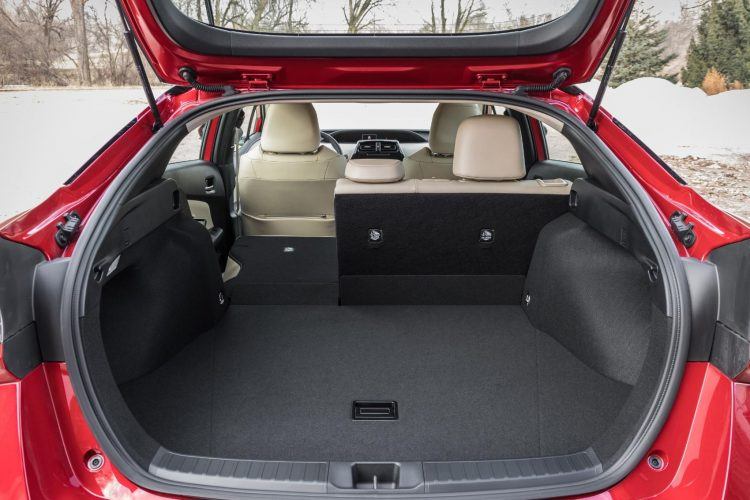
Pricing, Availability & Warranty
The 2020 Prius comes in L Eco, LE, XLE, and Limited grades for front-wheel drive. The AWD-e comes in LE and XLE grades. All models share interior features such as the 4.2-inch Dual Multi-Information Display with customizable screens; the Energy Monitor; and a Hybrid System Indicator. There is also a batch of economy-focused features like Eco Score and Eco Savings Record; along with Eco Wallet and Eco Diary.
The hybrid-related components, including the battery, battery control module, hybrid control module and inverter with converter, are covered for 96 months/100,000 miles.
The 2020 Toyota Prius is available now for a starting MSRP of $24,200.
Tony Borroz has spent his entire life racing antique and sports cars. He is the author of Bricks & Bones: The Endearing Legacy and Nitty-Gritty Phenomenon of The Indy 500, available in paperback or Kindle format. Follow his work on Twitter: @TonyBorroz.
2020 Toyota Prius Gallery
Photos & Source: Toyota Motor Sales, U.S.A., Inc.
from Automoblog https://www.automoblog.net/2019/10/23/2020-toyota-prius-features-overview/
via IFTTT
from Tumblr https://peternpalmer.tumblr.com/post/188548066276
via IFTTT
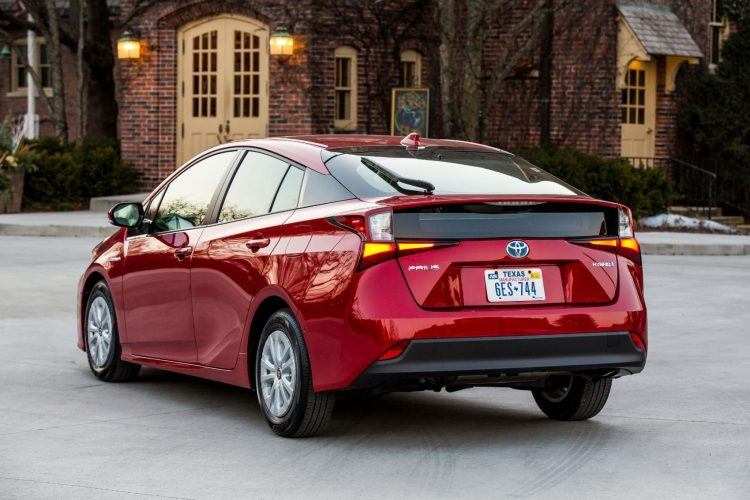
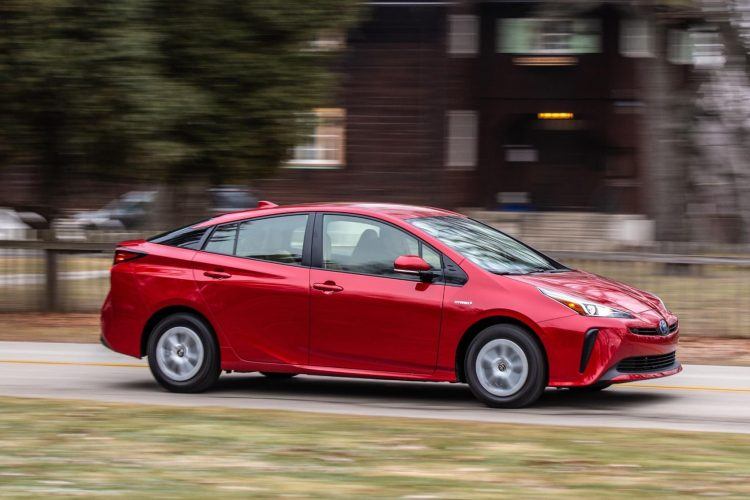
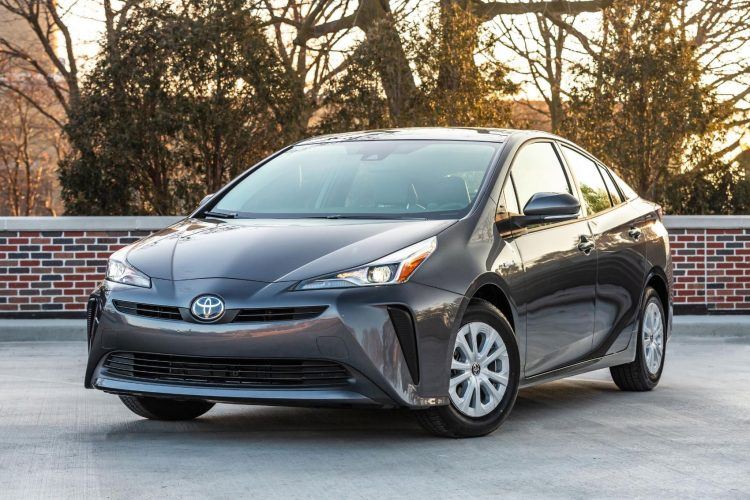

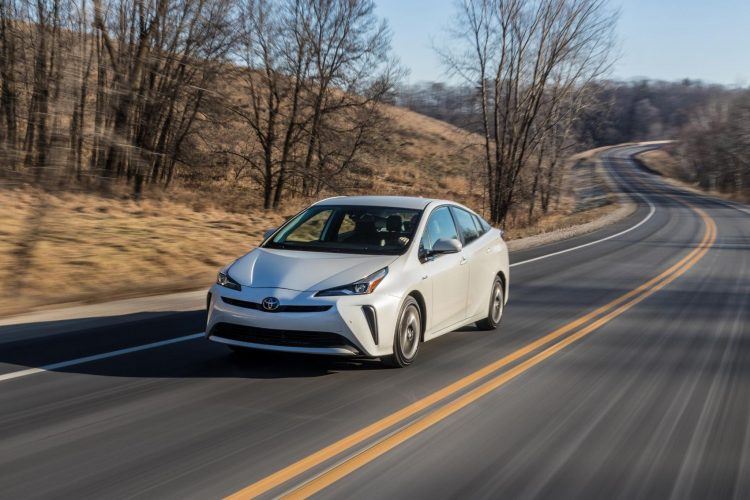
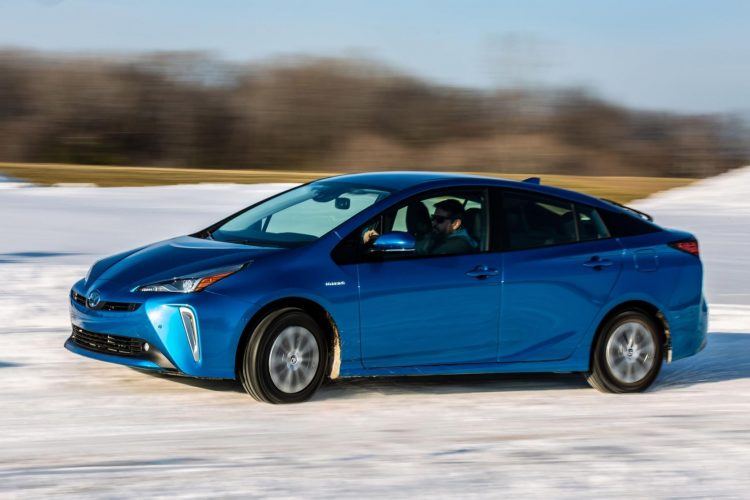
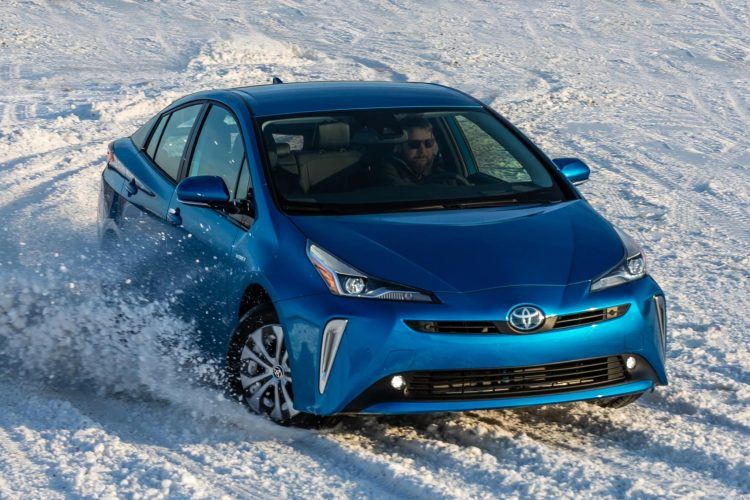
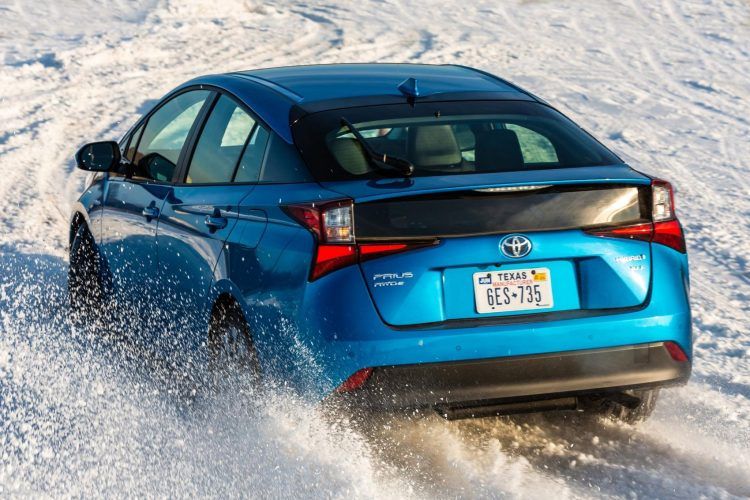
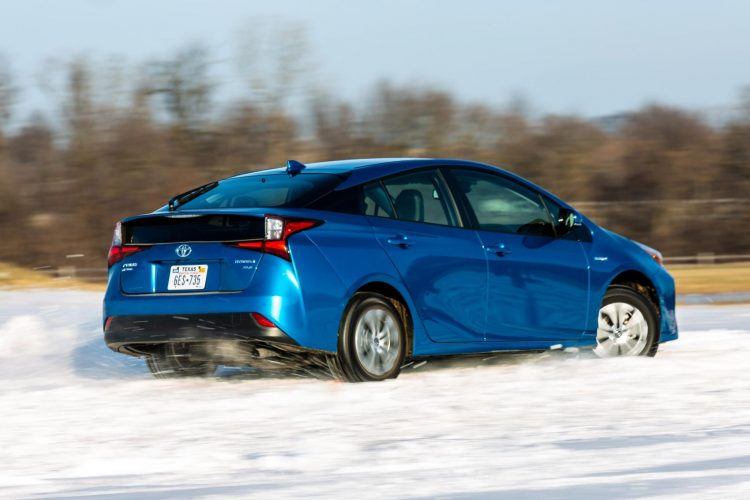
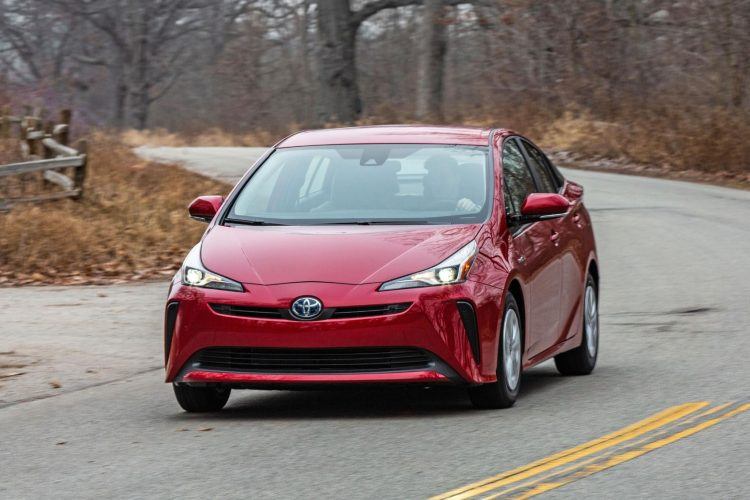
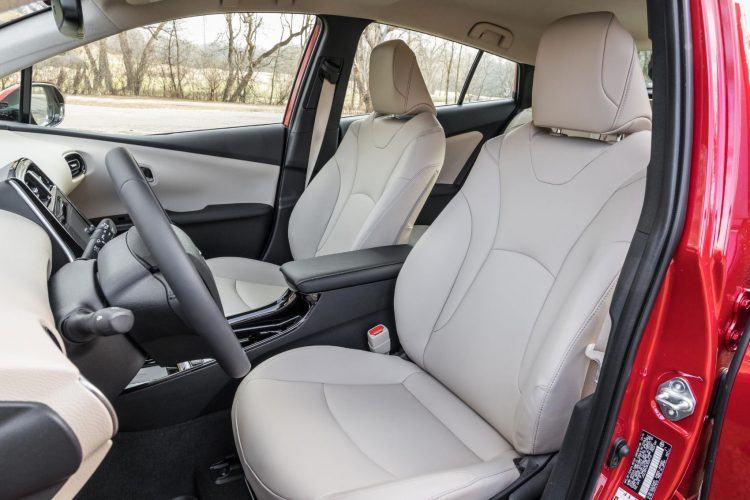
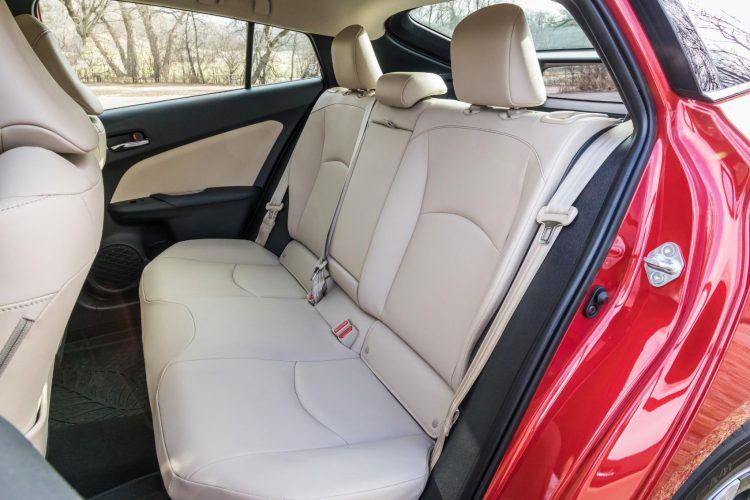
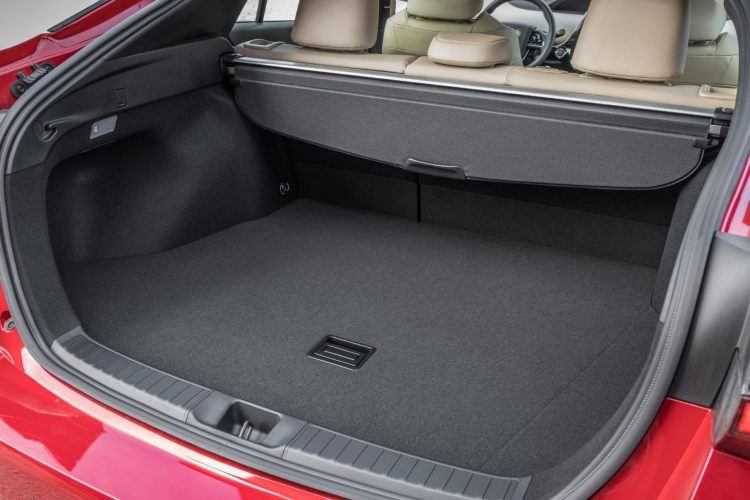
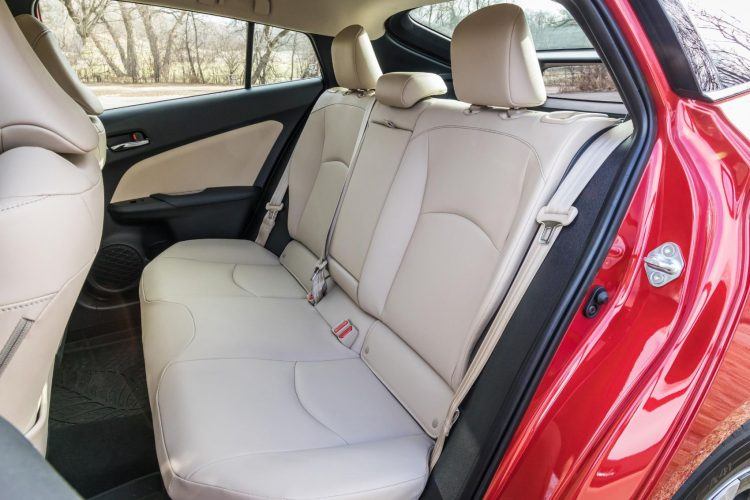

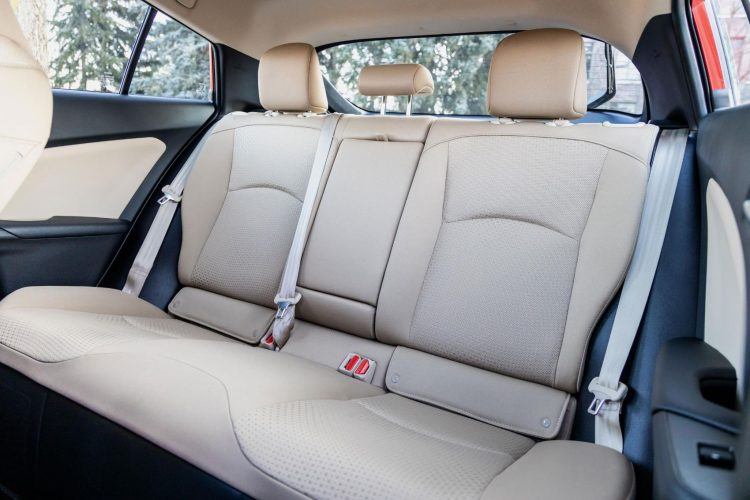
No comments:
Post a Comment